Tried and True Solutions For Stroke Pain Management
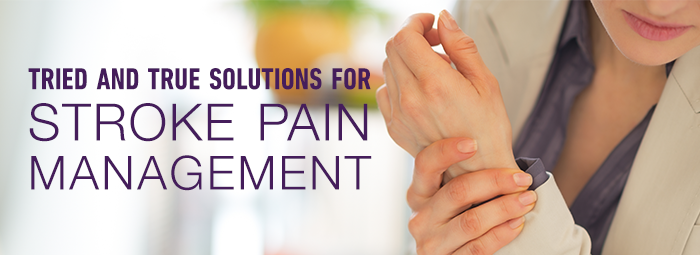
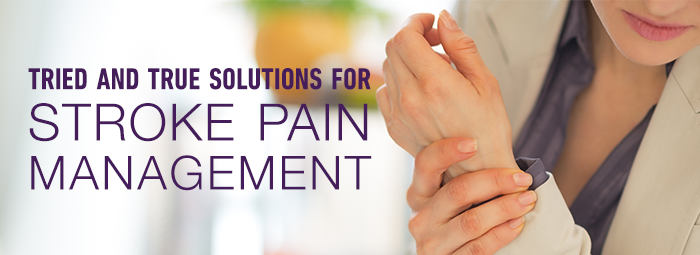
After stroke, loss of mobility isn't the only long-term problem that prevents survivors from resuming normal activities. Post-stroke pain affects more than half of all stroke survivors. In some cases, this pain is chronic, leaving survivors with constant discomfort and hypersensitivity. Let’s walk through the common types of pain that stroke survivors experience, and introduce the tools and therapeutic techniques that were designed to reduce it and restore mobility.
Understanding the Effects of Stroke
Researchers and health care providers are tapping into new technology and learning more about the connections between brain damage and pain. Today, we know which types of brain damage and muscle loss cause certain types of post-stroke pain, making it easier to address the problem at its root. But after stroke, it's important for patients and their caregivers to understand the distinctions between their symptoms too.
Limb Spasticity
More than one-third of all stroke survivors experience stiff or tight muscles after stroke. This is actually caused by increased muscle tone, also known as spasticity, that develops due to brain or spinal cord damage. While bodybuilders and other athletes strive for increased muscle tone, stroke survivors experience a heightened amount of muscle tension, which can damage tissues and cause painful cramps. If the muscles contract too much, patients may not be able to move their affected joints and muscles at all.
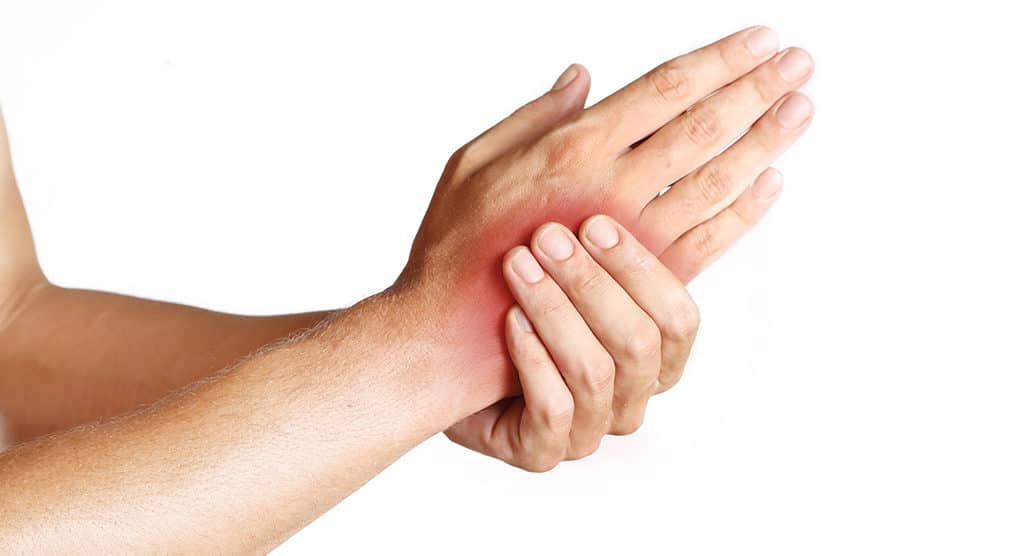
Local Pain
Spasticity also causes localized pain in certain parts of the body. If you suffer from chronic or recurring joint pain after stroke, this is most likely an example of local pain. Local post-stroke pain may affect both sides of the body, because it's caused by awkward muscle movements and abnormal positions after stroke. While it's a secondary side effect of the brain damage that happens during stroke, it affects everyday tasks and makes it more difficult for patients to reprogram healthy brain cells.
Central Pain
One of the most debilitating side effects of stroke is central pain. This is caused by brain damage that disrupts the brain's ability to interpret sensory responses. After stroke, a patient with central pain will experience some of these symptoms:
- Interpreting light, normal touches as uncomfortable or painful
- Numbness to heat or cold
- Heightened sensitivity to heat or cold
- "Pins and needles" sensation without identifiable triggers
- Constant aching on the side of the body affected by stroke
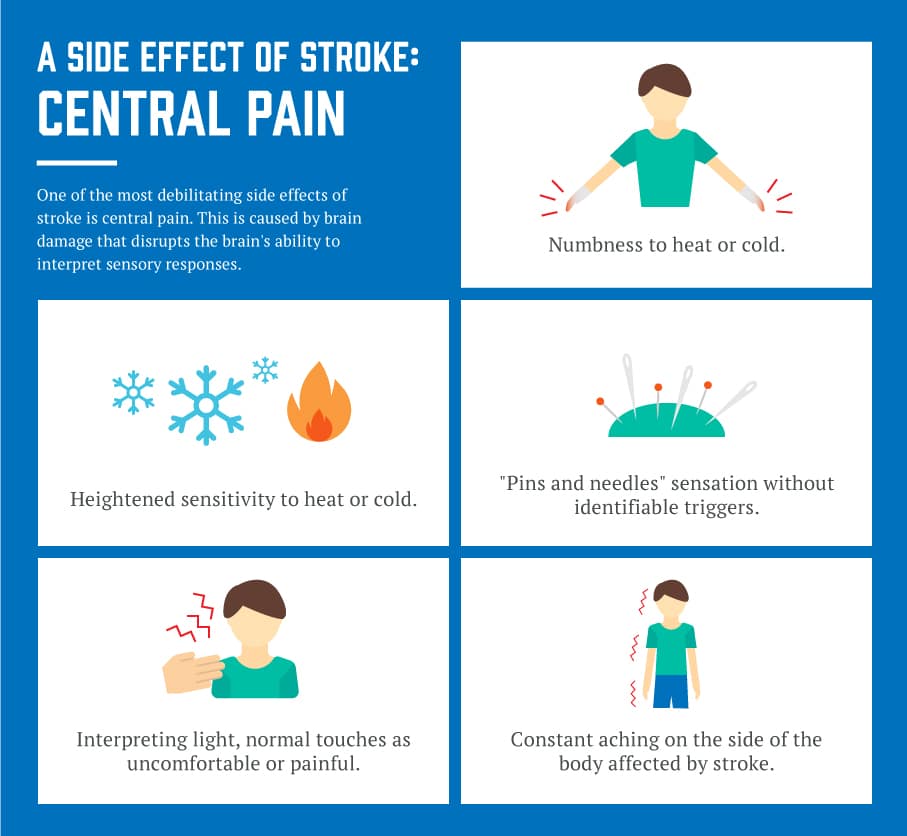
Even when central pain is moderate (rather than severe), its constant presence can have serious psychological consequences that impede both their motivation and their ability to recover. Chronic central pain can lead to drug misuse, depression, and refusal to continue physical therapy programs. That's why it's so important to minimize this pain as the patient begins their journey to recovery.
Reducing Discomfort with Dynamic Splints
When stroke survivors have weakened or paralyzed limbs, their discomfort is often exaggerated by muscle stiffness and gravitational forces. Splints provide extra support for the affected arm or leg, reducing the burden on the patient's muscles. Traditional splints are static in nature causing increased pressure on the finger joints. This can lead to increased pain and joint damage. Dynamic splints are adjustable and bendable which helps reduce pain.
The SaeboStretch is a dynamic splint that offers an adaptable alternative for stroke survivors. Because it reduces or eliminates some of the triggers of pain – such as pressure on the joints or stiffness of the limbs – it can actually improve patient morale and increase home program compliance.
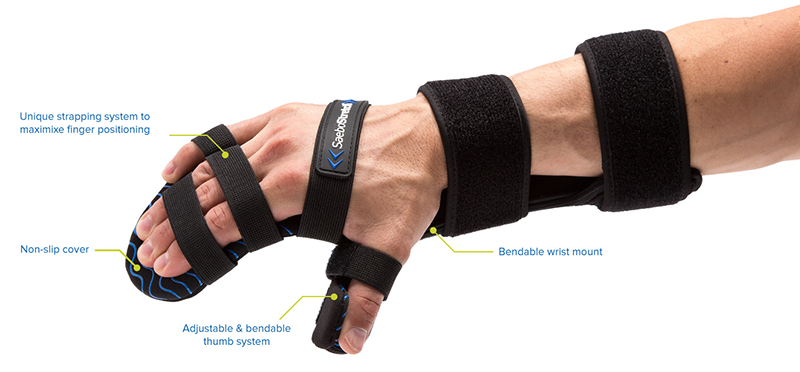
Restoring Range of Motion with Devices
Of course, splints can only do so much to assist stroke survivors and reduce the effects of gravity and muscle stiffness. If you don't move your muscles regularly, fluid buildup can cause additional swelling and discomfort, especially if your weakened muscles are trying to support their own weight. Swollen hands are a common side effect of this buildup.
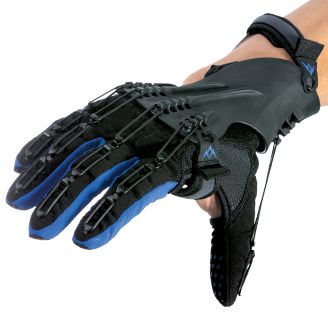
Mechanical devices like the SaeboGlove actually incorporate extra features that support specific joints and muscles, decreasing the impact of gravity and making it easier to move stiff or sore joints. Spasticity is less likely when patients rely on these artificial tension systems, which can be adjusted as they regain more strength and mobility. Tension systems within the SaeboGlove actually step in to extend and release crucial joints in the fingers, thumb, and wrist.
Restoring Circulation with Tight-Fitting Gloves
Do you or your patient suffer from swollen hands? This is a common side effect of stroke, because muscles need to move constantly in order to keep the blood flowing through them. If a stroke survivor cannot move their hand or forearm, fluids may build up in the tissue, requiring external stimulation to recirculate it.
Tight-fitting gloves, or edema gloves, are one effective way to recirculate these fluids and prevent painful and uncomfortable swelling. After health care providersrule out blood clots and cardiac problems, they may recommend a tight-fitting glove to push fluids back out of the arm and hand. It's very important to recirculate this fluid until the arms can be used appropriately again.
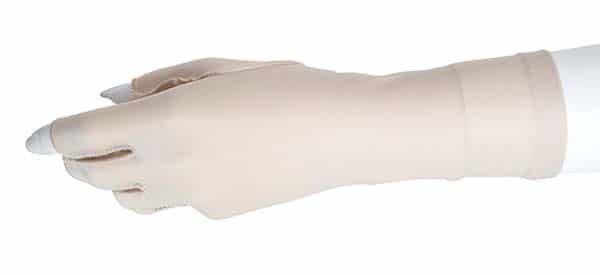
(source:Jobskin)
Stretching the Muscles to Reduce Contractures
Muscle contracture is the complete loss of voluntary movement due to stiff joints and muscles. This painful and debilitating symptom usually affects muscles that haven't been moved properly after stroke. If you already suffer from spasticity after stroke, physiotherapy is a great way to maintain healthy movements until you can regain more muscle control.
Physiotherapists help stroke survivors prevent contractures by gently manipulating their affected limbs into a variety of different positions. Although voluntary movement may still be impossible, these stretching exercises prevent the muscles from atrophying completely or becoming too tight or stiff to move.

Reduce Spasticity with Botox
Botox isn't just a cosmetic way to reverse the effects of aging. This injectable prescription substance actually originated as a way to relax the muscles and reduce pain associated with muscle tension and contracture. Because more than one-third of all stroke survivors experience spasticity, some turn to Botox treatments to reduce their muscle tone and make it possible to straighten their limbs again.
Botox works by preventing the transmission of signals between the body and brain. Specifically, it blocks the chemical that tells your muscles to start contracting. Doctors now inject very tiny portions of Botox directly into stroke survivor's arms and legs, effectively reducing their risk of spasms or spasticity. By preventing stiffness and complete paralysis of the limbs, Botox may help thousands of stroke survivors regain function.
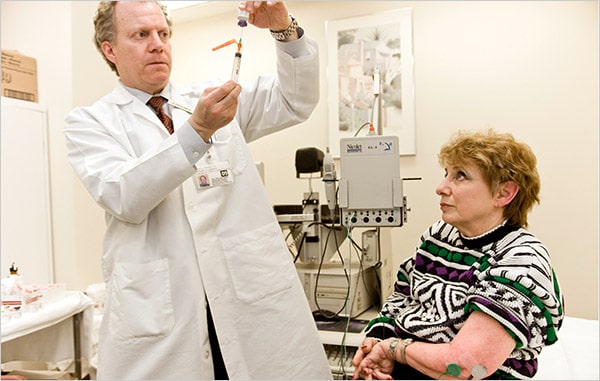
(Photo Source: New York Times)
Combat Pain And Recover Faster
Because pain makes it more difficult for patients to retrain their brains and bodies, it's very important to minimize post-stroke pain as much as possible and allow patients to focus on their rehabilitation. We hope that these tools and techniques were helpful to you as you learn how to combat the most common side effects of stroke and help reprogram the neural connections that make everyday tasks possible.
All content provided on this blog is for informational purposes only and is not intended to be a substitute for professional medical advice, diagnosis, or treatment. Always seek the advice of your physician or other qualified health provider with any questions you may have regarding a medical condition. If you think you may have a medical emergency, call your doctor or 911 immediately. Reliance on any information provided by the Saebo website is solely at your own risk.
All content provided on this blog is for informational purposes only and is not intended to be a substitute for professional medical advice, diagnosis, or treatment. Always seek the advice of your physician or other qualified health providers with any questions you may have regarding a medical condition. If you think you may have a medical emergency, call your doctor or 911 immediately. Reliance on any information provided by the Saebo website is solely at your own risk.



